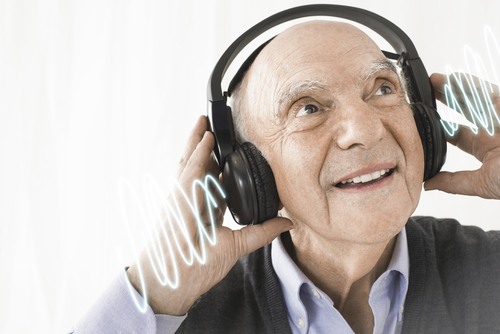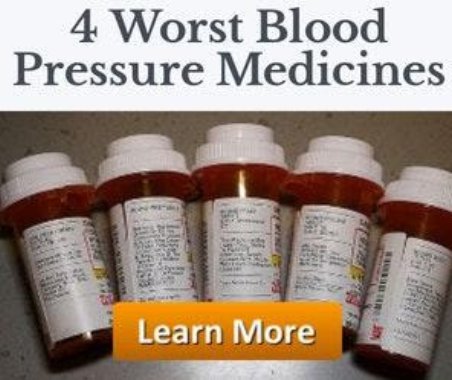While mothers have been singing and humming lullabies to their babies for millennium, scientists are just now beginning to realize the power that certain sounds have and the comfort and calm they can bring to pre-term babies and their nervous parents.
Researchers at Beth Israel Medical Center’s Louis Armstrong Center for Music and Medicine conducted the study. They focused on 272 premature babies that were 32 weeks gestation or older in 11 mid-Atlantic NICUs and examined the effects of three types of music: a lullaby selected and sung by the baby’s parents; an “ocean disc,” which is a round instrument that was invented by the Remo drum company and that mimics the sounds of the womb; and a gato box, which is a drum-like instrument used to simulate two-tone heartbeat rhythms.
The results were a bit surprising. Although the gato box, ocean disc and singing all slowed the babies’ heart rate, the singing turned out to be the most effective. Singing was also found to increase the amount of time the babies stayed quietly alert, while the gato box improved sucking behavior and the ocean discs enhanced sleep. It should also be noted that the music therapy also lowered the parents’ stress, says Joanne Loewy, the study’s lead author, director of the Armstrong center and co-editor of the journal Music and Medicine.
“There’s just something about music — particularly live music — that excites and activates the body,” says Loewy. Her work is part of a growing movement of psychologists and music therapists who are investigating the use of music in medicine to help patients dealing with pain, depression and possibly even Alzheimer’s disease. “Music very much has a way of enhancing quality of life and can, in addition, promote recovery.”
Music Boosts the Immune System and Reduces Stress
Music has been recognized as an effective way to treat emotional disturbances for many years, but it is only recently that researchers are looking at how sound frequencies and rhythm might be used to treat physical ailments and pain. For example, a meta-analysis of 400 studies found that music improves immune system function and reduces stress. Listening to music was also found to be far more effective at reducing anxiety before surgery than even prescription drugs.
“We’ve found compelling evidence that musical interventions can play a health-care role in settings ranging from operating rooms to family clinics,” says Levitin, author of the book “This is Your Brain on Music.” But beyond making us feel relaxed and calm, music has the ability to increase the production of the antibody immunoglobulin and natural killer cells, which are the ones that attack invading viruses and boost the immune systems effectiveness.
From very small children scared of needles to the elderly being treated in palliative care, music seems to speak to the brain in a very specific way which makes a very big difference to patients experiencing painful medical procedures and end-of-life issues.
The Healing Power of Vibration and Frequency
When you get right down to it, music is sound and sound is vibration. Researchers, led by Lee Bartel, PhD, a music professor at the University of Toronto, are investigating whether sound vibrations absorbed through the body can possibly help ease the symptoms of Parkinson’s disease, fibromyalgia and depression. Called vibroacoustic therapy, low frequency sounds, which sound like a low rumble, are applied directly to the body through speakers. But these aren’t just any speakers – these transmit vibrations at specific computer-generated frequencies that can be heard and felt, kind of like sitting directly next to a pulsing subwoofer.
In 2009, Lauren K. King led a group of researchers at the Sun Life Financial Movement Disorders Research and Rehabilitation Centre at Wilfrid Laurier University, in Waterloo, Ontario to determine whether or not vibroacoustic therapy could have any significant effects on Parkinson’s patients. They found that even with short-term use of the treatment, patients have improvements such as less rigidity and better walking speed with bigger steps and reduced tremors.
Can Music Cure Alzheimer’s Disease?
The same research group is also examining a condition called thalmocortical dysrhythmia — which is a disorientation of rhythmic brain activity involving the thalamus and the outer cortex. This condition seems to play a role in several other medical conditions including Parkinson’s, fibromyalgia and possibly even Alzheimer’s disease, says Bartel, who is directing the collaboratory.
“Since the rhythmic pulses of music can drive and stabilize this disorientation, we believe that low-frequency sound might help with these conditions,” Bartel says. He is leading a study that is using vibroacoustic therapy with patients who have been diagnosed with mild Alzheimer’s disease. Bartel and his colleagues hope the therapy can restore normal communication among brain regions and allow for greater memory retrieval.
“We’ve already seen glimmers of hope in a case study with a patient who had just been diagnosed with the disorder,” Bartel says. “After stimulating her with 40-hertz sound for 30 minutes three times a week for four weeks, she could recall the names of her grandchildren more easily, and her husband reported good improvement in her condition.”
All of this research is pointing to an exciting time in science and medicine, when music is no longer being seen just as an art form, but as a true healing protocol. Though we are now only beginning to grasp the true potential, music’s healing power is something the ancients new about for millennia. In fact, Native Americans used music and chanting as a way to protect against disease.
There are very specific musical tones and frequencies that have the power to cause spontaneous healing, and on the very next page, you’ll learn how listening to specific beautiful music every day can get rid of emotional sicknesses like fear and guilt; remove addictions; restore broken DNA in the body; resolve weight problems and hormonal imbalances and much, much more.
Sound too good to be true?
That’s what one man thought until his mother listened to the special music and was cured of pancreatic cancer and is cancer-free to this day – NINE YEARS LATER!
 Validating...
Validating... 





1 Comment